If done right, a letter of recommendation can reinforce and expand upon key themes presented in other application components like your resume, essays, and short answers. This week on the blog we’re reviewing some actions to take to make sure that happens.
Frequently Asked Questions
I have a great relationship with my college advisor. Would it be appropriate to use her as a recommender?
For entry into business school, it is best to ask supervisors from your full-time post-baccalaureate professional experiences.
What if I don’t feel comfortable telling my direct supervisor I am submitting applications to business school?
While it is preferred to have a recommendation from a current direct supervisor, it may not always be an option and schools understand. Be sure to address the situation in the optional essay; and ask a former boss and/or a professional colleague who is superior to you on an org chart to write a letter. Emphasize the positives of having this person write your recommendation too. Tell them your chosen recommender can speak specifically to your actions on a valuable project. Or that you worked under your ex-boss for a lot longer than your current one and felt they could give a thorough take on your strengths.
What if my recommender asks me, the applicant, to write the letter?
Your supervisor might say, "I'm too busy; you write it, and I'll sign it." If a potential recommender puts you in a tough spot and only agrees to submit a letter that you’ve written, it is best to move on. It is often obvious to schools when an applicant has crafted the copy because of similarities in voice to other application components.

